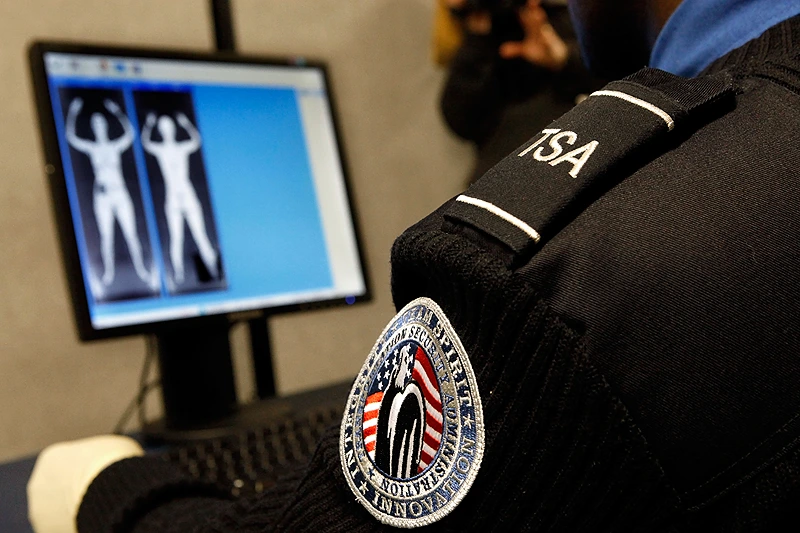‘Profound Autism’ Accounts for More Than 1 in 4 Cases: CDC

The Centers for Disease Control and Prevention (CDC) has recently adopted a new classification of autism and provided a breakdown of the number of children on the severe versus milder ends of the spectrum.
A study by the federal health agency published on April 19 in the Public Health Reports journal found that 26.7 percent of 8-year-old children with autism have “profound autism.”
This indicates more than 110,000 elementary school-age children in the United States have profound autism.
Children with “profound autism” are on the more severe end of the spectrum, meaning they are nonverbal, minimally verbal, or have an IQ of less than 50.
“It’s very important to know how many people have profound autism so that we can properly prepare for their needs,” including more health and education services, said Alison Singer, executive director of the advocacy and research group Autism Science Foundation.
The study found that those with “profound autism” were more likely to be female, from racial and ethnic minority groups of low socioeconomic status, born preterm or with low birth weight, and have self-injurious behaviors and seizure disorders.
The prevalence of profound autism was 4.6 per 1,000 8-year-olds in 2016, according to the report.
“People with profound autism consistently experience unique, devastating, and often unseen challenges that require immediate solutions, not only for them, but for their caregivers,” Judith Ursitti, president of the Profound Autism Alliance, said in a press release.
The latest research is based on data collected through the CDC’s Autism and Developmental Disabilities Monitoring Network, which regularly conducts surveillance on the prevalence of autism among 8-year-olds in select communities across the country.
For the study, researchers looked at school and medical records from 2000 to 2016 for over 20,000 8-year-olds identified as having autism spectrum disorders.
They found that the rate of profound diagnoses grew from about 3 cases per 1,000 children in 2000 to about 5 cases per 1,000 in 2016. But the rate of kids diagnosed with milder forms of autism grew from 4 per 1,000 to 14 per 1,000 over those years.
Among 8-year-olds, 1 in 36 had autism in 2020, the CDC estimates. They can have difficulty interacting with others, communicating, learning, and behaving.
There are no blood or biological tests for autism. It’s identified by making judgments about a child’s behavior. Traditionally, it was diagnosed only in kids with severe language difficulties, social impairments, and unusual, repetitious behaviors. But the definition gradually expanded, and autism is now shorthand for a group of milder, related conditions.
The Associated Press contributed to this report.




